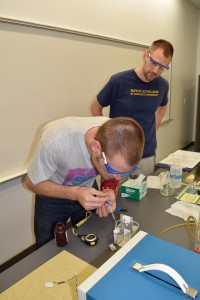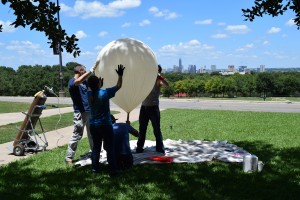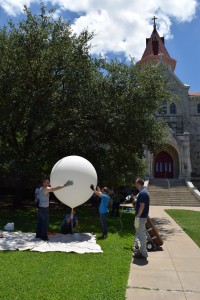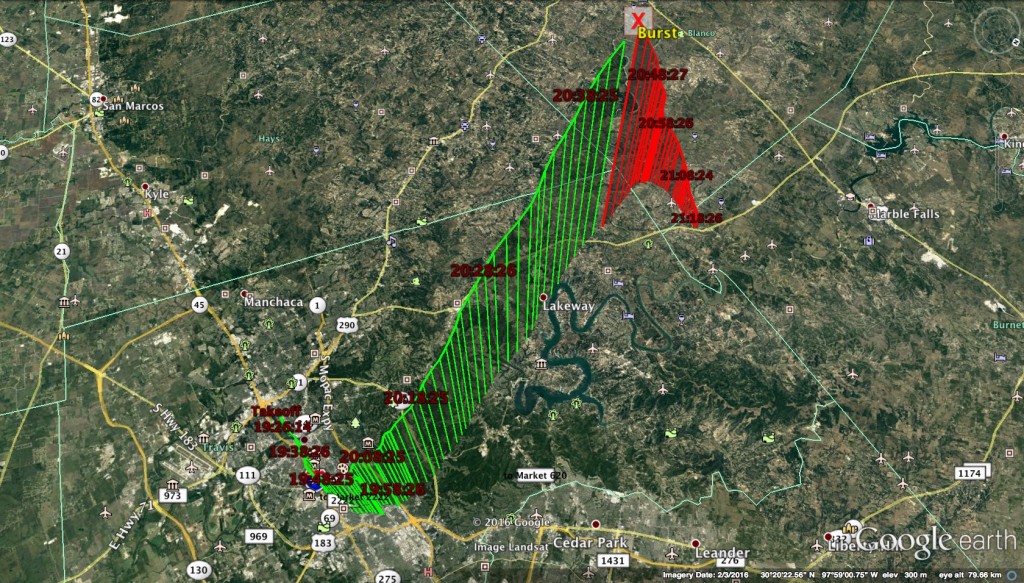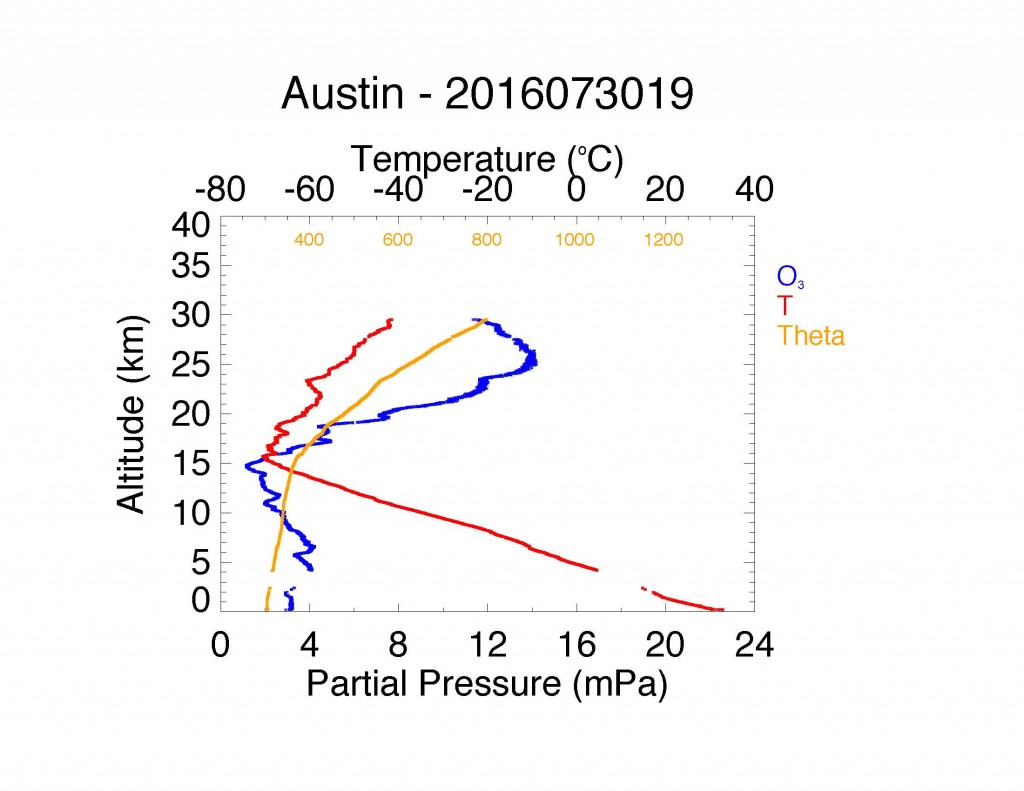Two options will be offered, a one-week group research project targeted primarily to first year students that will be performed May 15-19 and a 6-9 week project targeted primarily to students who have completed more than one year of study at SEU beginning around May 22 (dates are variable depending on the supervisor). The one-week option does not provide a stipend, but it does cover housing on campus during this period.
Students participating in the 6-9 week projects will be awarded stipends of $1500 to $3150 (determined by class standing, research period length, and prior research experience) paid in equal increments twice monthly for full-time research done over six to nine weeks. The stipend payments will begin in mid-June, contingent upon satisfactory progress. In addition, a housing support stipend may also be paid dependent on your housing status. This program is supported in part by the Welch Foundation, the National Science Foundation, the Jean McKemie Endowment, the National Aeronautics and Space Administration, the Texas Commission on Environmental Quality, and the Brother Romard Barthel/J.D. Lewis Summer Research Funds.
Students opting for the one-week group research project format need not contact the instructor, but they should read the articles recommended by the selected research supervisor. Students who completed more than one year of study at SEU and excelled in their classes and who have research interests that overlap or complement those of one of the participating supervisors are preferred for the 6-9 week projects. A student should approach a potential faculty mentor with a specific research topic in mind, or may ask a potential faculty mentor to suggest possible research projects that would be appropriate. In either case, priority for the 6-9 weeks projects will be given to students who have conferred with a potential faculty mentor and formulated general project goals prior to submission of this application. Final awards are contingent on available funds and the merit of the applicant.
Associate Dean, NSCI Faculty Development
Director, NSCI Undergraduate Research
Professor, Chemistry/Computer Science
St. Edward’s University
JBWS 386
(512) 448-8464 (V)
(512) 448-8482 (FAX)


